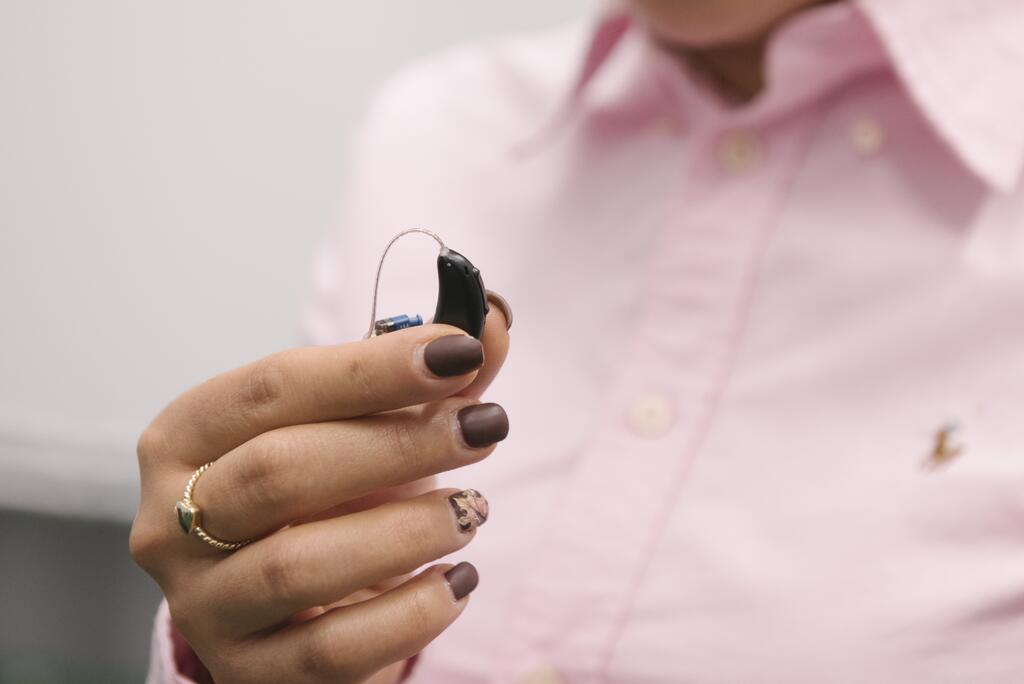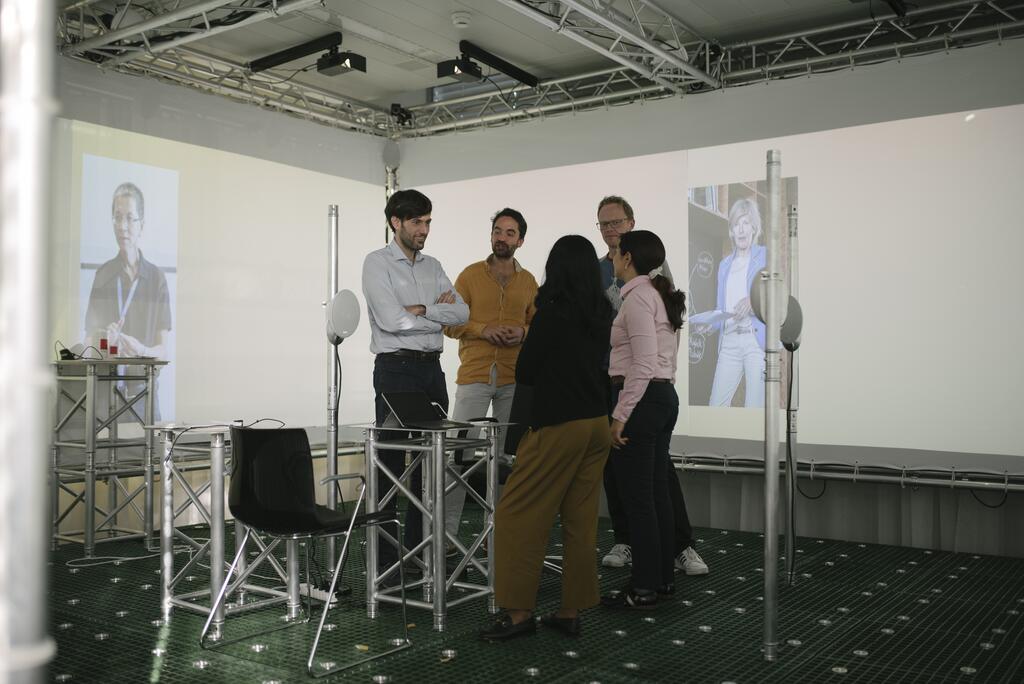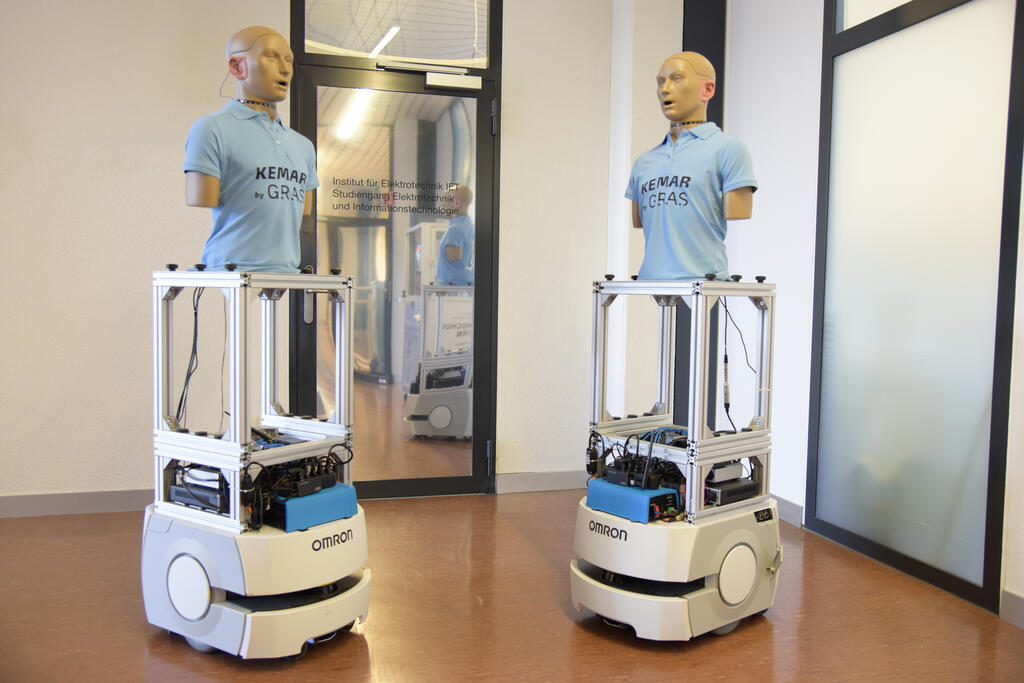-
Company
-
Brands
- A House of Brands
-
Hearing Instruments
-
Consumer HearingConsumer Hearing
-
Cochlear ImplantsCochlear Implants
-
Audiological CareAudiological Care
- AudioNova - Brazil
- AudioNova - Denmark
- AudioNova - Italy
- AudioNova - Sweden
- Audition Santé - France
- Boots Hearingcare - UK & Ireland
- Connect Hearing - Australia
- Connect Hearing - Canada
- AudioNova US
- Geers - Germany
- Geers - Hungary
- Geers - Poland
- Hansaton - Austria
- Lapperre - Belgium
- Schoonenberg - Netherlands
- Triton Hearing - New Zealand
-
Investors
- Investors overview
- Ad hoc announcements
- Why invest in Sonova & strategy
- Presentations & webcasts
-
Financial reports
- Current outlook
- Key figures
- Financial calendar
-
Corporate governance
-
Sonova shares & bondsSonova shares & bonds
- General Shareholder's Meeting
- Services & contacts
- Newsroom
-
Careers
-
Your career with us
-
Apply now
-
Why Sonova
- Get to know our talents
-
sonova global
- Global
-
North America
North America
-
Pacific
Pacific
-
Latin America
Latin America
- Asia
- Europe
Global
North America
Pacific
Latin America
Asia
Europe
-
Company
-
Brands
Brands
- A House of Brands
- Hearing Instruments
- Consumer Hearing
- Cochlear Implants
-
Audiological Care
- AudioNova - Brazil
- AudioNova - Denmark
- AudioNova - Italy
- AudioNova - Sweden
- Audition Santé - France
- Boots Hearingcare - UK & Ireland
- Connect Hearing - Australia
- Connect Hearing - Canada
- AudioNova US
- Geers - Germany
- Geers - Hungary
- Geers - Poland
- Hansaton - Austria
- Lapperre - Belgium
- Schoonenberg - Netherlands
- Triton Hearing - New Zealand
-
Investors
Investors & financials
- Investors overview
- Ad hoc announcements
- Why invest in Sonova & strategy
- Presentations & webcasts
- Financial reports
- Current outlook
- Key figures
- Financial calendar
- Corporate governance
- Sonova shares & bonds
- General Shareholder's Meeting
- Services & contacts
- Newsroom
- Careers
sonova global
Choose your country
- Global
-
North America
North America
-
Pacific
Pacific
-
Latin America
Latin America
- Asia
- Europe
Global
North America
Pacific
Latin America
Asia
Europe

Robots and AI in action for better hearing
An environment with a lot of reverberation and background noise can be a challenge even for people without hearing loss. However, for people with hearing loss it is even harder to filter out the acoustic information that is essential to them. The conventional audio filters of hearing aids, which automatically suppress some of the background noise, reach their limits in such difficult situations. Sonova is working with the Lucerne University of Applied Sciences and Arts (HSLU) on two innovative projects to improve acoustic filtering and the automatic control of hearing aids with the help of artificial intelligence (AI), thereby making social interactions easier for people with hearing loss.
Predicting listening intentions with AI
In the "Darling" ("Detecting And Reacting to Listening Intention aNd Goals") project, Sonova and HSLU are researching how hearing aids can be fundamentally improved using AI. The vision is for the hearing aids to use statistical data to identify the audio signals that are relevant to the wearer. An algorithm filters out the rest. To train the AI, a large amount of meaningful data is required. The research group is therefore conducting experiments in Sonova's "real life lab" that closely mimic real-life situation, in which the acoustics – such as during a visit to a restaurant – are simulated and the test subject’s reactions to the sounds are measured. The researchers hope to use the data to program an AI prototype that can accurately predict a person's listening intentions and thus filter out the acoustically important signals at any given moment.

Measuring sound with robots
In another project, the aim is to improve the acoustic filter options in hearing aids. This requires precise knowledge of how sound propagates in a room. How does the sound propagation change when the person speaking moves around the room, approaches the listener or moves away? What happens when a person turns away? Measuring this manually and systematically is extremely time-consuming. The HSLU and Sonova have therefore jointly developed robots that can operate autonomously in the room thanks to specially created software and measure both the volume of background noise and the room acoustics. Both robots serve as a two-ear microphone as well as a speaking source. The data from different rooms serves as the basis for simulations with which audio recordings can be altered so that they sound as if they had taken place at the location of the measurement. These in turn are then used to develop new algorithms to improve hearing aids.
